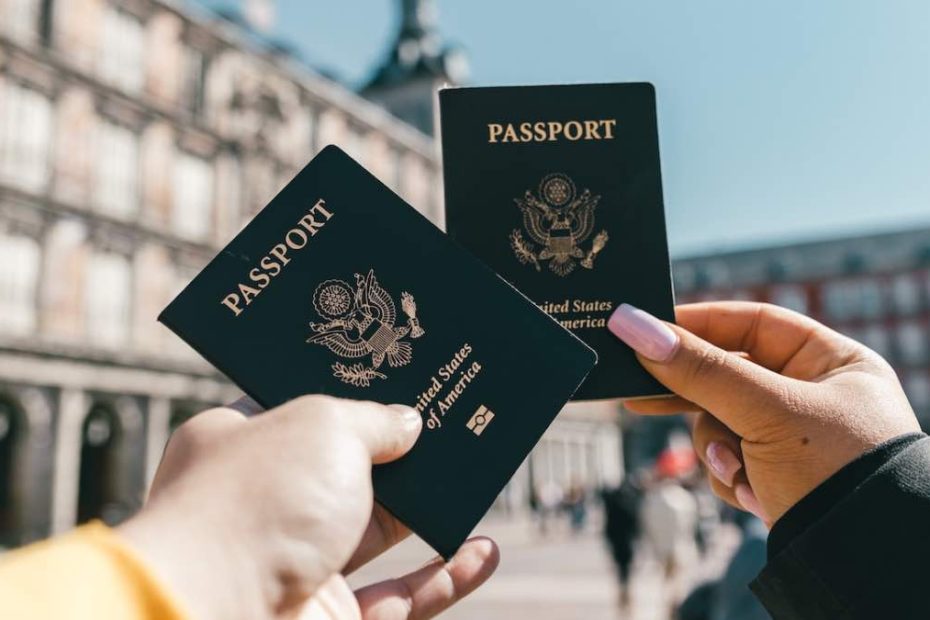Dreaming of sipping espresso at a Parisian café, hiking the stunning Swiss Alps, or marveling at the ancient wonders of Rome? Europe has always been a top destination for travelers seeking culture, history, and breathtaking landscapes. Starting in 2024, over 1.4 billion travelers, including Americans, will require a special travel authorization to enter the Schengen Area. This security enhancement is part of an international effort to ensure safer travel experiences for all. In this comprehensive guide, we’ll break down the ins and outs of obtaining a visa for your European journey.
Understanding ETIAS: Europe’s New Travel Authorization System
Europe has introduced a new travel authorization system called ETIAS (European Travel Information and Authorization System). ETIAS is designed to enhance security and streamline the entry process for travelers from visa-exempt countries. To understand the basics of ETIAS, you can visit the official ETIAS website.
Who Needs Visa for Europe 2024
You’ll require an ETIAS Authorization if any of the following apply:
- You’re not a European Union national.
- You’re a citizen of any country, including the U.S., whose nationals don’t currently need a visa for short-term stays in European Union countries.
- You lack a residence permit or card issued by any of the European countries mandating ETIAS.
- Note that some travelers may be exempt from this requirement, so do check before applying.
ETIAS Application Process
Obtaining an ETIAS authorization is a straightforward process. Here’s a step-by-step guide to help you through it:
- Prepare Your Documents: Before you start the application, ensure you have a valid passport, an email address, and a credit or debit card for payment.
- Visit the ETIAS Website: Go to the official ETIAS website and select your language.
- Complete the Online Application: Fill out the online application form with your personal information, travel details, and passport information.
- Pay the Fee: You’ll need to pay a small fee for processing your ETIAS application. Be sure to have a valid credit or debit card handy.
- Wait for Approval: In most cases, you’ll receive approval within minutes. However, it’s a good idea to apply at least a few days before your planned departure date, just in case.
- Receive Your ETIAS Authorization: Once approved, you’ll receive your ETIAS authorization via email. Print a copy to carry with you during your trip.
Visa for Europe 2024 Costs
As of July 2023, the ETIAS application fee stands at €7. However, it’s worth noting that individuals under 18 or over 70 can obtain ETIAS for free.
Duration of ETIAS Authorization
Your ETIAS authorization remains valid for three years. During this period, you can spend up to 90 days within any 180-day timeframe in participating countries. Always ensure your ETIAS authorization is valid for the entirety of your stay when traveling to these destinations.
Understanding Schengen Visas
While ETIAS covers travel within the Schengen Area, some European countries are not part of the Schengen Agreement and have their own visa requirements. Countries like the United Kingdom, Ireland, and Croatia have separate visa policies. It’s essential to research the specific visa requirements for the countries you plan to visit.
Long-Term Travel and Study Visas
If you’re planning to study or work in Europe for an extended period, you’ll likely need a different type of visa. European countries have various visa options for students, professionals, and those seeking residency. Research the specific visa category that suits your plans and begin the application process well in advance.
Visa for Europe 2024
Europe offers a wealth of experiences, from historic cities to stunning natural landscapes. To ensure a smooth and hassle-free journey, it’s crucial to understand the visa requirements that apply to your trip. ETIAS simplifies entry for travelers from visa-exempt countries, while other countries may have their own unique visa processes. By doing your research and preparing in advance, you can focus on creating unforgettable memories during your European adventure.
Remember, visa regulations can change, so always refer to the official government websites and consult with the respective embassies or consulates for the most up-to-date information on visa requirements. Now that you’re armed with the knowledge you need, start planning your European getaway with confidence!
